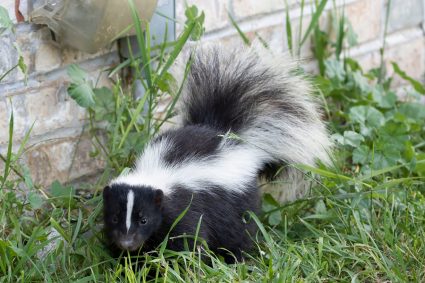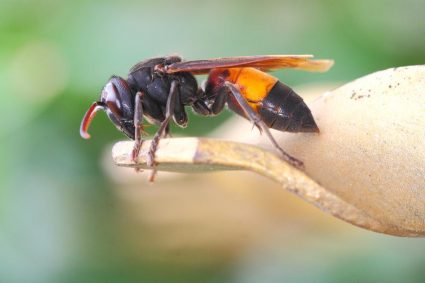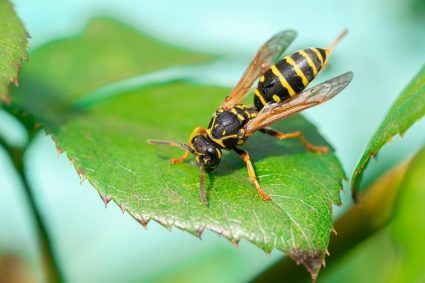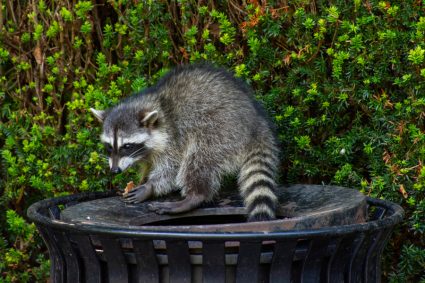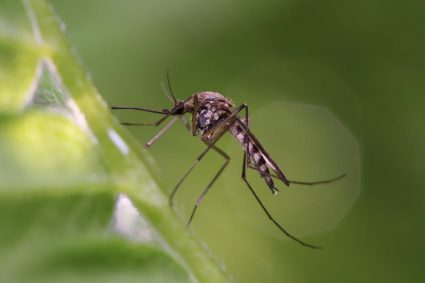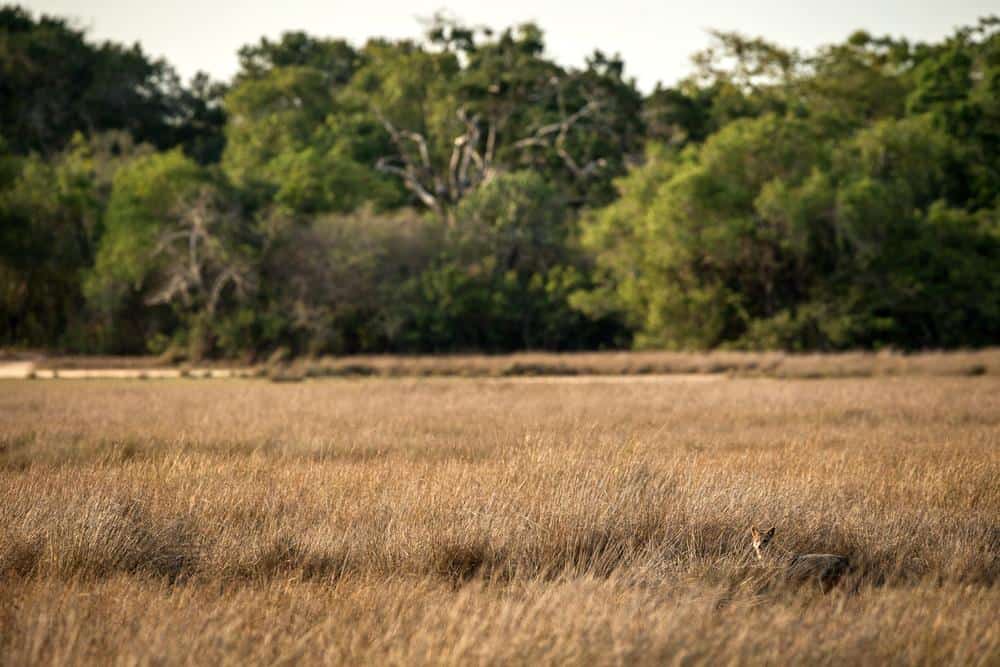
Coyotes, known scientifically as Canis latrans, are medium-sized canines native to North America. They are highly adaptable and can be found in various environments, from deserts and grasslands to urban areas. So how big are coyotes, and how does their size affect their survival and hunting strategies? Let’s dive right in.
Coyotes, or Canis latrans, are medium-sized canines that typically stand about 21 to 24 inches tall at the shoulder and have a total length of around 48 inches, including the tail. They usually weigh between 20 and 50 pounds, with males generally being larger and heavier than females. The size of coyotes can vary based on factors such as their geographic location, age, and health.
Average Size of Coyotes
Coyotes typically stand about 21 to 24 inches tall at the shoulder. Their total length, including the tail, averages around 48 inches. In terms of weight, they usually fall between 20 and 50 pounds. However, it’s worth noting that males are generally larger and heavier than females.
The size of a coyote can be affected by various factors, including their geographical location, age, and health. For instance, fully grown coyotes can range around 3 feet long and a little over 2 feet tall.
Geographic Variation in Size
The size of coyotes varies based on their geographic location. Eastern coyotes, found in areas like Ohio and Pennsylvania, tend to be larger than their Western counterparts, weighing 30 to 35 pounds on average. On the other hand, Western coyotes, found in areas like California and Nevada, weigh 20 to 25 pounds on average.
Comparison with Other Canines
Coyotes are generally smaller than wolves and some domestic dogs. For example, gray wolves can weigh between 70 and 150 pounds and stand 26 to 32 inches tall at the shoulder. When comparing coyotes to domestic dogs, their size is more similar to medium-sized dogs like German Shepherds.
Coyote Growth Process
Coyotes reach their full size at around 12 months of age. They start as altricial pups, completely dependent on their mother’s milk for the first 10 days. By six months, they have permanent teeth and are nearly fully grown.
Subspecies of Coyotes
There are 19 recognized subspecies of coyotes, with variations in size, color, and habitat. For example, the southeastern coyote (Canis latrans frustor) is the largest of all coyotes, while the Belize coyote (C. l. goldmani) is smaller in size.
Hunting and Survival Strategies
The size of coyotes plays a role in their hunting and survival strategies. Their smaller size allows them to be more agile and adaptable to various environments and food sources. Coyotes are opportunistic hunters, focusing on areas that hold small game, birds, mice, and vermin. Their adaptability has helped them thrive in the face of persecution and changing habitats.
Common Misconceptions about Coyote Size
There are several misconceptions about coyote size, such as mistaking them for being as large as wolves, or believing all coyotes are the same size. It’s important to remember that coyotes vary in size depending on factors like location and genetics.
In conclusion, coyotes are highly adaptable creatures with a size that allows them to thrive in various environments. They may not be the largest canines, but their agility and hunting prowess make them formidable predators. Understanding their size and behavior can help us coexist peacefully with these fascinating animals.
Frequently Asked Questions
What do coyotes eat?
Coyotes are omnivores, meaning they eat both meat and plant matter. Their diet is diverse and includes small mammals like rabbits and rodents, fruits, insects, and even carrion. They are opportunistic hunters and will also eat human garbage and pet food when available.
How long do coyotes live?
In the wild, coyotes typically live between 6 to 8 years. However, in captivity, they can live up to 14 years.
How fast can a coyote run?
A coyote can run at speeds up to 40 miles per hour when chasing prey or escaping danger.
How can we distinguish a coyote from a wolf or a dog?
Coyotes have a slimmer and smaller build compared to wolves. They have pointy ears, a narrow and pointed face, and a bushy tail which is usually pointed downwards. Wolves are larger and have broader snouts, while dogs can vary greatly in appearance depending on their breed.
Are coyotes dangerous to humans?
Coyotes are generally shy and avoid humans. However, they can become dangerous if they feel threatened or if they have become habituated to humans due to feeding. It’s always best to keep a safe distance and never feed wild coyotes.

